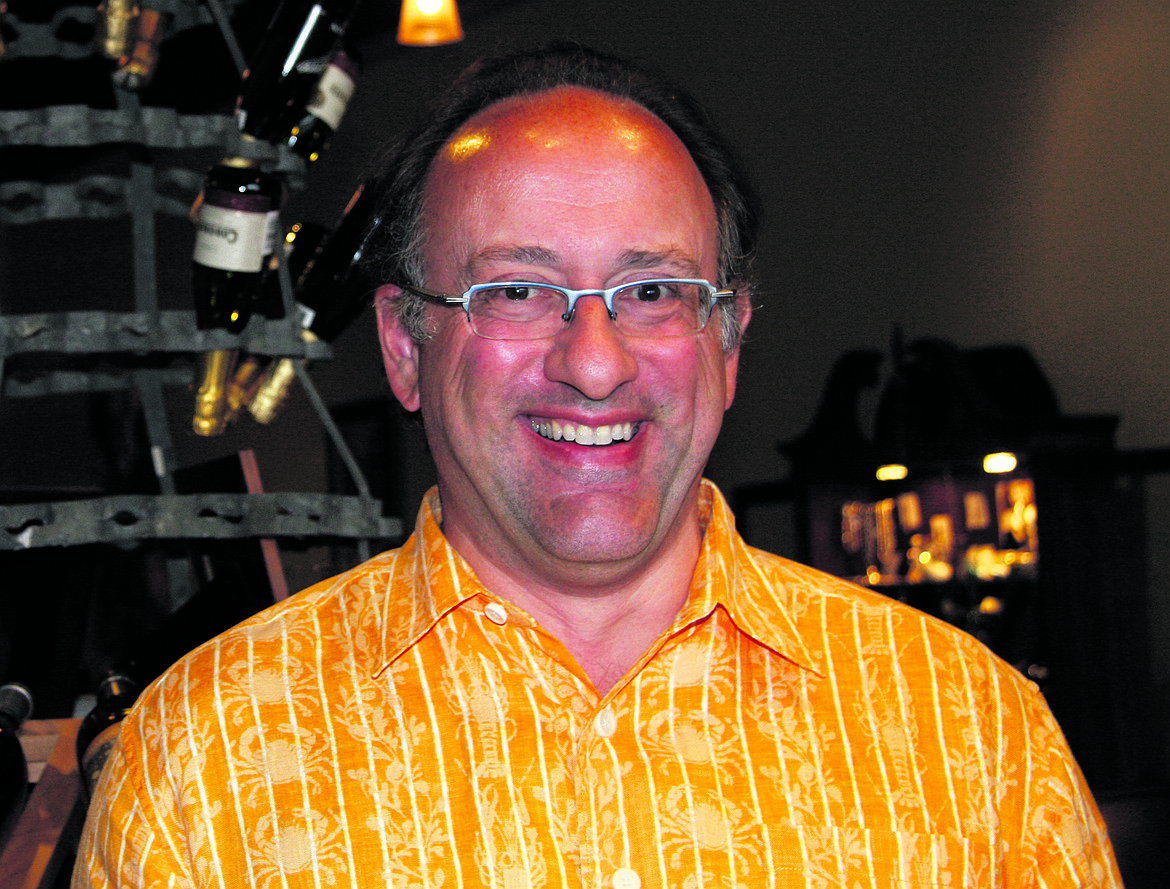ADVERTISING: Advertorial — The making of rosé
GEORGE BALLING/the dinner party | Coeur d'Alene Press | UPDATED 2 years, 8 months AGO
We just received our annual allocation of the most popular dry rosé we carry. The 2022 Skylark Pink Belly is fabulous wine, crisp and clean from start to finish and bone dry but loaded with lovely fruit flavors of the red fruits of summer. Like every year it is crafted from 100% Grenache farmed and harvested to be rosé. We also suspect, like previous years it will sell out within the month, the wine has that kind of following from those who buy it year after year, it is simply that good.
For many years rosés had kind of a tough go of establishing themselves with wine consumers who had become accustomed to the overly sweet and cloying rosés of many years ago. In most of the wine world though, especially France and Italy rosé has always been fermented dry, the sweet rosé was more of an American thing. Thankfully though “new world” winemakers have “received the memo” that crisp and dry rosé is just about the best glass of wine you can have during the long days of summer.
From many wine consumers we get the question, how is rosé made? First piece of knowledge is that rosé is made from red grapes. If you squeeze a red grape the juice that runs out of it is actually clear. It is only from contact with the skins of the grapes during fermentation that the grape juice turns red. When rosé is made, the fermenting grape juice is pulled off the skins very quickly, in some cases in as little as a couple of hours, and this is how it derives its pale pink color. The wine then completes fermentation to the point that all the sugar is consumed and the wine is dry.
There are two approaches to the making and bottling of rosé. Saignée the French word that means to bleed is how many rosés are made in Europe and to a lesser degree here in the states. Red wine grapes are harvested and placed in the fermenters and after some time the wine making decision is made that the wine needs to have more color and more concentration of flavors. At this point some of the juice is pumped off the skins into a separate fermenter. This juice that is blead off is then allowed to complete fermentation. It may be aged briefly in the stainless-steel tank or concrete vats then bottled and sold. I can’t recall any of my favorite rosés that ever touched an oak barrel. While the Saignée method of making rosé involves grapes that were farmed for a different purpose I have tasted many that are very good to excellent wines, it is just a different approach.
We are now seeing more winemakers who are planning for the grapes they harvest to be rosé from start to finish. To make rosé in this way different farming and harvesting techniques are required. The grapes destined to be rosé are harvested when they are far less ripe. The grapes at this point have lower sugar levels and higher acid levels. This makes the resulting wine lower in alcohol and higher in acid that delivers that lovely crisp clean texture. Many times, too the grapes will be harvested at night or very early in the day. The diurnal shifts in the best wine growing regions cause both sugars and acids to fluctuate in every 24-hour cycle. During the heat of the day the sugar in the grapes will elevate and the acids will decrease, in the nighttime cool the opposite occurs. Acids elevate and sugars decrease, so by harvesting at night or early in the morning prior to temperatures warming you have grapes that are naturally higher in acid and lower in sugar, which then carries through to the finished wine.
Many times, when making rosé winemakers will use a yeast strain that ferments more quickly and at lower temperatures which enhances the crisp character of rosé that makes it so refreshing. After the wine is fermented and dry, like with the saignée method it is aged briefly in anything but oak barrels then bottled.
This fast process from harvest to bottle, and the absence of barrel ageing allows rosé to be manufactured more economically. There are rosés that can be very expensive because they are more sought after and from the best of the best vineyards but in general their speed to market makes them more affordable.
As wine consumers ourselves we think rosé is the best summertime wine there is, and whether through the saignée method or with the intent from harvest forward it helps to know the process of the making of rosé.
• • •
George Balling is co-owner with his wife, Mary Lancaster, of The Dinner Party, a wine and gift shop in Coeur d’Alene by Costco. The Dinner Party has won the award for best wine shop in North Idaho twice, including for 2018.
George is also published in several other publications around the country. After working in wineries in California and judging many wine competitions, he moved to Coeur d’Alene with Mary more than 10 years ago to open the shop.
You can also follow us on Facebook at facebook.com/#!/dinnerpartyshop or visit www.thedinnerpartyshop.com.

